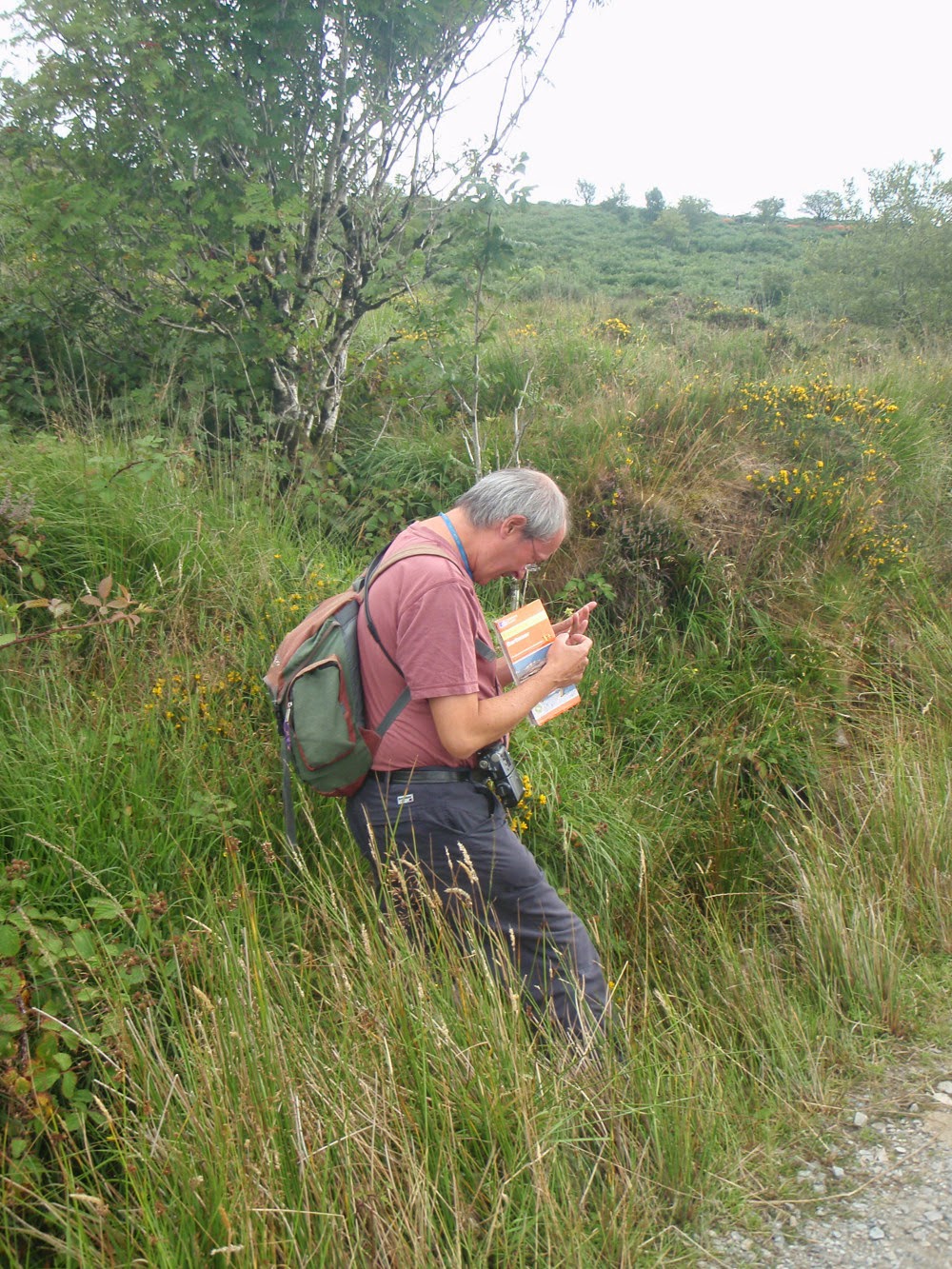How a wildlife identification course could change YOUR life!
Posted by Graeme Lyons , Wednesday, 25 February 2015 11:05
A couple of weeks ago at the annual Sussex Biological Recorder's Seminar I was approached by Brad Scott (above) during lunch who said "thanks ever so much for that course on Grasses, Sedges and Rushes that you ran several years ago, it really kick-started my interest in natural history." Now if I tell you that since this course, Brad has been on my Common Woodland Bryophytes course and has almost seen more mosses and liverworts than me now (have a look at the PSL rankings for bryophytes) it starts to put things in perspective. Yet this is just the start of Brad's natural history adventures!
It's exactly this kind of inspiration that I always hope my courses will provide. It's certainly not going to be everyone that gets the bug like this but even if we reach one or two people a year in this way we are making a difference. So, I asked Brad if he would mind writing a few words about his experience with the Trust's courses and this is what he put together...
"The first Sussex Wildlife Trust course I did was Graeme Lyons' fabulous weekend
on Grasses, Sedges and Rushes about five years ago. It really inspired me to
further explore the rich and varied habitats we have right on our doorstep. A
couple of years ago I also did the Mosses and Liverworts course too, and that
prompted me to find out more at the local field meetings of the British
Bryological Society and tentatively start recording. Not content just to look at
plants, starting a Pan-Species List has
provided me a focus for attempting to comprehend the diversity of all habitats.
In addition, appreciating that exploring the natural world is best shared with
other people, I've also been involved starting up a local natural history
group in Forest Row, and occasionally blogging. Wildlife Trust courses are clearly an
excellent way to learn, share, and ignite one's passion for all
wildlife."
This sort of thing really is music to my ears and inspires me in turn to keep going with these courses and produce new material annually. Brad's rather stylish and understated blog is a great read, particularly his post on wildlife recording and how a relative beginner really can contribute quite a lot if you work closely with more experienced naturalists. So to tie all this together myself, Brad and the country recorder for bryophytes are going to go looking for the rare and elusive Ghostwort in the Ashdown Forest one weekend in March. We will probably look something like this. Watch this space.
So why not book on one of the many fantastic courses Sussex Wildlife Trust has to offer? I can't promise that you'll become a Ghostbuster but you will certainly learn something about the amazing wildlife of Sussex and have a great time in the process. Call 01273 497561 for more info (I resisted saying it!).









